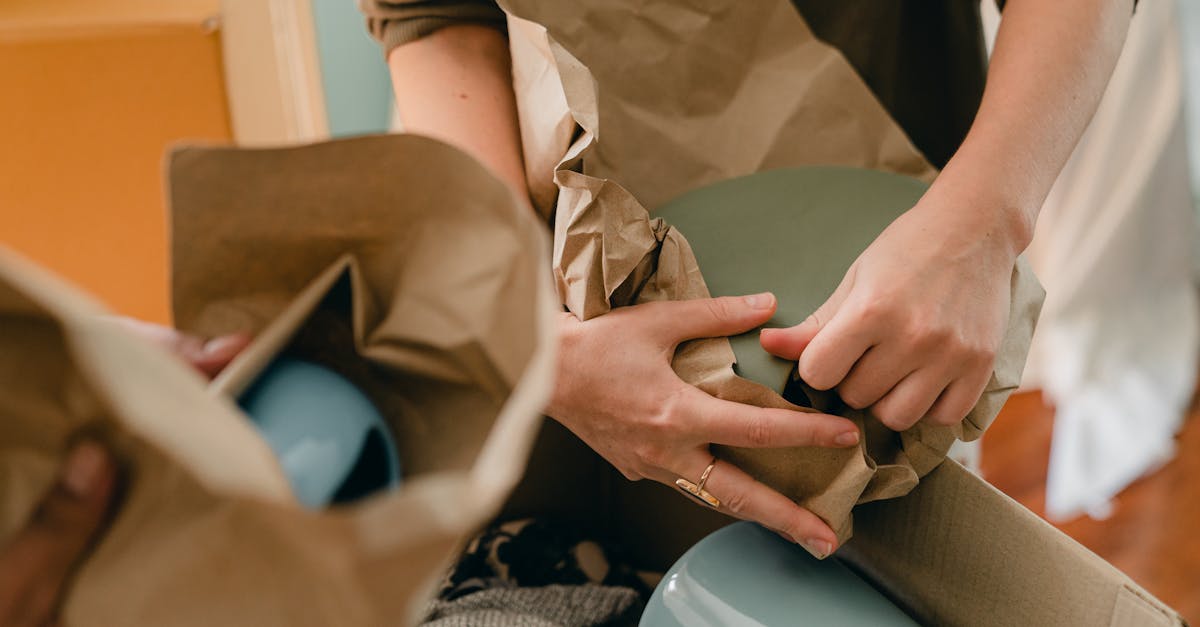Looking to up your gardening game without the constant worry of watering? We’ve got you covered with a game-changer: self-watering buckets.
In this guide, we’ll walk you through the simple steps to create your own self-watering buckets, ensuring your plants stay hydrated and healthy with minimal effort.
Forget about daily watering routines and say hello to a smarter way of nurturing your plants. Our step-by-step instructions will show you how to set up these self-watering systems, providing your plants with the consistent moisture they need to thrive. Stay tuned as we jump into the world of self-watering buckets and revolutionize the way you approach gardening.
Key Takeaways
- Self-watering buckets save time and effort by providing consistent moisture to plants, reducing the need for manual watering.
- They help prevent issues like overwatering or underwatering, promoting healthier plant growth with stronger roots and vibrant foliage.
- Self-watering buckets are eco-friendly, minimizing water waste by delivering moisture directly to the plant’s roots.
- Materials needed include a 5-gallon bucket, plastic cup, wicking cord, PVC pipe, and a drill with a hole saw attachment.
- Steps involve preparing the bucket, creating the water reservoir, adding soil and planting, and regular maintenance tips to ensure optimal plant growth.

Benefits of Self-Watering Buckets
When you’ve got self-watering buckets in your garden, you save time and effort by reducing the frequency of manual watering. These buckets act as a reservoir, ensuring your plants get watered consistently.
With self-watering buckets, you’re less likely to overwater or underwater your plants, maintaining a balanced level of moisture that’s just right for growth. This can prevent issues like root rot or dehydration.
They are eco-friendly as they minimize water waste by delivering moisture directly to the plant’s roots, reducing evaporation and runoff.
By using self-watering buckets, you’re promoting healthier plant growth with stronger roots and vibrant foliage. It’s a simple yet effective way to keep your plants flourishing!
Materials Needed
To create your own self-watering buckets, gather these basic materials:
- 5-gallon bucket: Provides ample space for plants.
- Plastic cup: Acts as the water reservoir.
- Wicking cord: Draws water from the reservoir to the soil.
- PVC pipe or tubing: Facilitates water filling.
- Drill with a hole saw attachment: Needed for creating openings.

Step 1: Preparing the Bucket
When preparing the bucket, our first task is to drill a hole near the bottom for the water reservoir. This hole allows the wicking cord to draw up the water, ensuring the plants get the right amount of moisture.
Next, we insert the wicking cord through the hole, leaving a tail inside the bucket to soak up the water and another end hanging down into the reservoir. It’s like creating a self-watering bridge for our plants to access hydration as needed.
To secure the wicking cord in place, we place a plastic cup in the center of the bucket, surrounding the cord. This cup will act as a reservoir, providing a water source for the plants.
For detailed visual instructions on preparing the bucket, check out this guide on gardeningknowhow.com.
Step 2: Creating the Water Reservoir
When creating the water reservoir, ensure it’s large enough to hold an ample amount of water. We can use a plastic cup or a small container as the reservoir. After all to place it below the soil level to prevent evaporation.
To improve water absorption, we insert a wicking cord through the hole at the bucket’s bottom. This cord facilitates water uptake by the plants. The wick should hang a few inches into the water reservoir below.
For more detailed guidance on creating the water reservoir, check out this helpful guide on gardeningknowhow.com. It provides step-by-step instructions and tips to set up an efficient self-watering system.
Working collaboratively, we can efficiently create a self-watering bucket that ensures our plants receive adequate moisture for optimal growth.

Step 3: Adding Soil and Planting
When it comes to adding soil and planting in our self-watering bucket, we want to ensure we’re setting up our plants for success. Here’s what we need to do:
- Fill: Start by filling the bucket with potting soil, leaving space at the top for the plants.
- Planting: Carefully plant your chosen greenery, making sure the roots are well-covered with soil.
- Spacing: Allow enough space between plants to promote healthy growth.
- Watering: Give your plants a good watering to help them settle into their new home.
For a detailed guide on planting specifics, visit gardeningknowhow.com.
With these steps, we’re on our way to creating a thriving self-watering system for our beloved plants.
Maintenance Tips
When it comes to maintaining your self-watering buckets, there are a few key tips to keep in mind:
- Regular Checking: Make sure to regularly check the water level in the reservoir to avoid drying out.
- Clean Container: Keep the container clean by occasionally rinsing it out and removing any debris that may clog the watering system.
- Monitor Plant Growth: Keep an eye on the growth of your plants to ensure they are healthy and thriving in the self-watering system.
For more in-depth maintenance advice, you can visit gardeningknowhow.com/maintenance-guide or thespruce.com/self-watering-systems-maintenance-tips.

- Why Is My Gardenia Turning Yellow? [Discover the Surprising Causes] - January 1, 2024
- Why Hydroponics Is Bad [Discover the Hidden Risks] - January 1, 2024
- Why Do Gardenia Leaves Turn Yellow [Prevent This Common Mistake] - January 1, 2024
